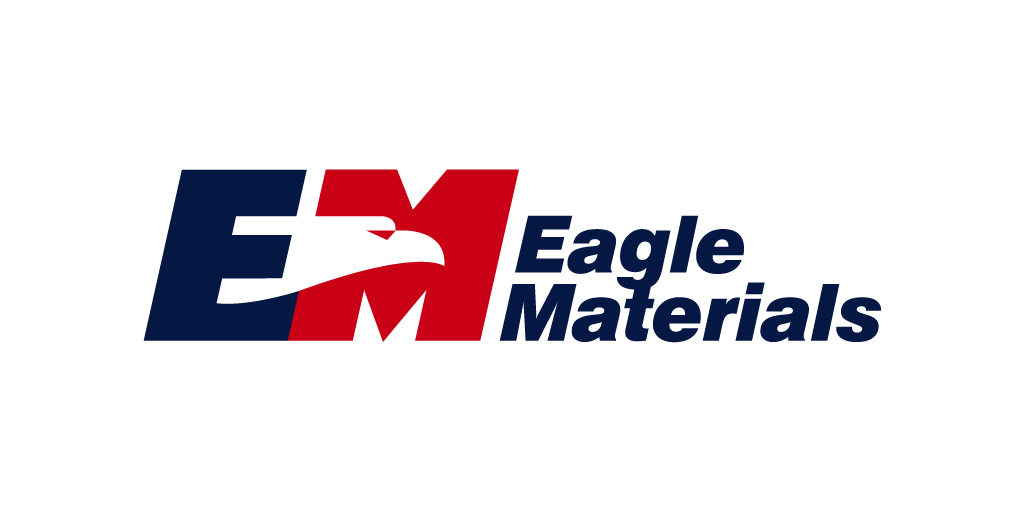As recent technology and innovation has changed the way the sector operates, Emesent is advocating for more mining stages to be automated.
With so many benefits, it’s easy to understand why autonomous operations are the key to future mining – and at the heart of Emesent.
Despite being a five-year-old company, Emesent has established itself as a leading provider of drone and robot-enhancing light detection and ranging (LiDAR) mapping and data analytics technology.
The company believes in future mines running autonomously at multiple operational stages, effectively acting as a self-managing entity.
Emesent co-founder and chief technology officer Farid Kendoul recently spoke at the World Mining Congress (WMC) in Brisbane, which was held for the first time in Australia in 2023.
Kendoul discussed how autonomous robots can reduce post-blast re-entry delays in underground mines.
“I think (the WMC) confirmed our vision for the mines of the future, and how it is aligned with what the mining company executives are thinking,” he told Australian Mining.
“They all had almost the same story: efficient extraction of minerals is critical to the decarbonisation of the planet and to sustain the industries and economy of the future. At the same time, minerals are scarce because they are a finite resource.
“If you add to that the cost pressure concerns in terms of sustainability and ESG (environmental, social and governance), then you realise that the current mining approaches are not sustainable.
“They need to find a different or new way.”

Enter mining automation, which Kendoul said is no longer a buzzword, but rather a necessity for the industry’s future.
“Many mining companies are developing 5–10-year roadmaps that show how they can transition from their current operation into a fully autonomous operation,” Kendoul said.
Autonomous mining has a number of key benefits, but the first is safety of people and equipment.
“Removing people from dangerous areas and harm is a big benefit, especially with regulations in countries like Australia,” Kendoul said.
Mining companies will also see an increase in productivity and optimisation through autonomous operations.
“Current mining operations mainly rely on manual systems and processes that are fragmented, which means it’s very hard to optimise operations when you have systems that don’t talk to each other,” Kendoul said.
“By automating a mining operation, it means that you will have one connected system. You will have a lot of data to share, which will allow you to optimise the operation, thereby increasing productivity and profitability for the mine.”
Another benefit is that automation helps to encourage sustainability.
“There is a lot of pressure placed on the mines by the government, society and other stakeholders to be sustainable towards the environment,” Kendoul said.
“When you use autonomous systems, it means that you have current and historical data, where you can then run the analytics and predictions to reduce waste and be environmentally friendly.”
Like any industry transition, going fully autonomous will take time and effort to work towards achieving short-term and long-term goals.
“It’s not just a vision. Mining companies and original equipment manufacturers (OEMs) are already starting to develop technologies to achieve autonomy,” Kendoul said.
“It is going to take some time to fully transition because a lot of things need to happen, such as technology needs to evolve, but things are really accelerating at a high speed.”

Looking at the opportunities ahead, Emesent has a desire to grow and evolve its technology. A key example is building on the success it has found through its Hovermap solution.
Currently used by customers in underground mining environments, Hovermap is a unique LiDAR mapping and autonomy payload that combines advanced collision avoidance and autonomous flight technologies to allow drones to fly autonomously in challenging GPS-denied environments to map and explore them.
Hovermap features a sensing range of up to 300m and the ability to capture more than a million points per second. It help mining operations to rapidly capture detailed and accurate data over a wide area – accelerating a miner’s time to insight.
The system can also be used for surface mining, can be mounted onto a backpack, drone, robot or vehicle, and its technology uses innovative hardware, advanced algorithms, and machine learning to automate collection and analysis of its surroundings.
“We were the first to enable drones to fly autonomously, mapping environments without sending people into dangerous areas,” Kendoul said.
“That was just the beginning. We now want to take our solutions to the next level.
“We are focused on identifying various critical mining operations and exploring how to automate them, including the collection of data and then the processing of this data. The extraction of these insights will help mining companies make good decisions.”
Emesent is also working on autonomous solutions in an effort to avoid downtime.
For example, when rocks are being blasted at a mine site, operations will be closed down due to the resultant hazardous environment.
To help avoid this kind of issue, Emesent is proposing that post-blast operations be fully autonomous through two key systems, the first of which is an autonomous robotic system that is part of a project’s infrastructure.
“It could be a ground robot or an aerial robot that’s equipped with sensors and the autonomy that will allow it to go and inspect those areas on-demand,” Kendoul said.
This would be aided by the second system, an autonomous data system located at the surface.
“The data system would be used to deploy and operate the robots that are underground, but it would also ingest the data remotely from the robots in near real time – fusing all of that data to deliver insights and showing them to the mining operator so they can make clearer and faster decisions,” Kendoul said.
“This means we are really automating that operation and allowing mining operators to do those inspections remotely from their desk, improving safety. It will also increase productivity, as it will minimise downtime and the times you need to wait.”

Hovermap has won various industry awards, as well as acclaim from its customers, who have praised the quality of the data and the fact it can be captured in as little as 15 minutes.
Kendoul said that Hovermap also supports interoperability.
“(Customers) just want to get the information and insights as quickly and easily as possible, and to do that all these technologies and systems need to work together,” he said.
Emesent has already started working closely with several companies that are providing solutions to mining, including software companies such as Deswik, Maptek, and Pointerra.
“We started to make our systems compatible. You can take our data and then use it in their software,” Kendoul said. “Now we are looking to partner with other companies and OEMs to make sure our platform will automatically exchange data with other systems through APIs (application programming interface), which customers can access.”
As the world transitions to advanced technology to complete complex mining tasks, Emesent will be at the forefront.
“I really believe this vision will be achieved, and that in the not-so-distant future there will be more autonomy and digitalisation in mining,” Kendoul said. “The technology is evolving and Emesent will continue to develop capabilities to allow it.
“We welcome the collaboration, commitment and engagement from the mines to digitise their operations and workflows because this will drive a significant shift in value for how the mines will operate.”
This feature appeared in the August 2023 issue of Australian Mining.




